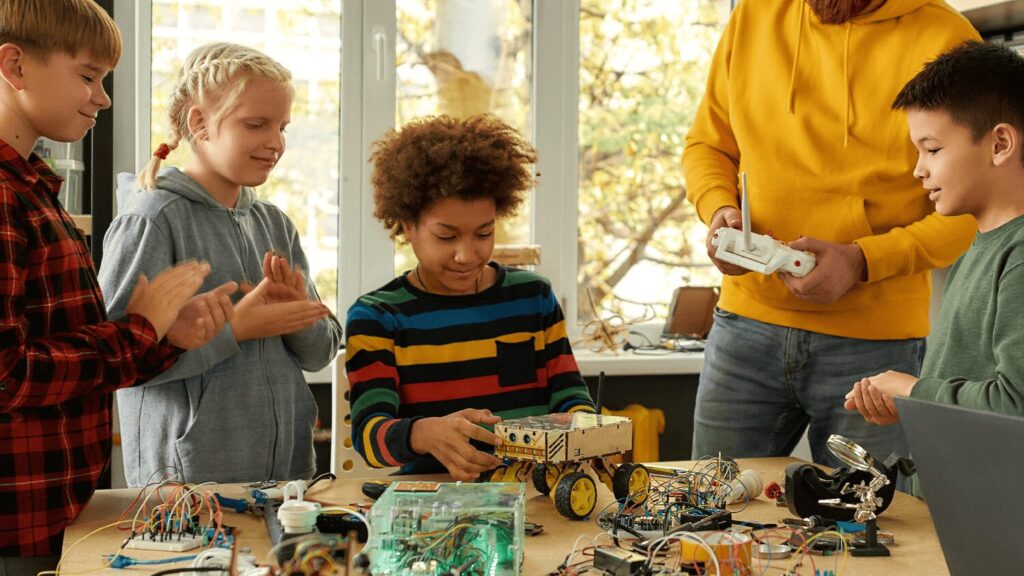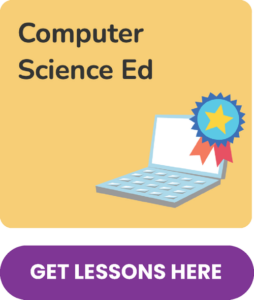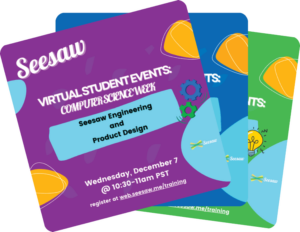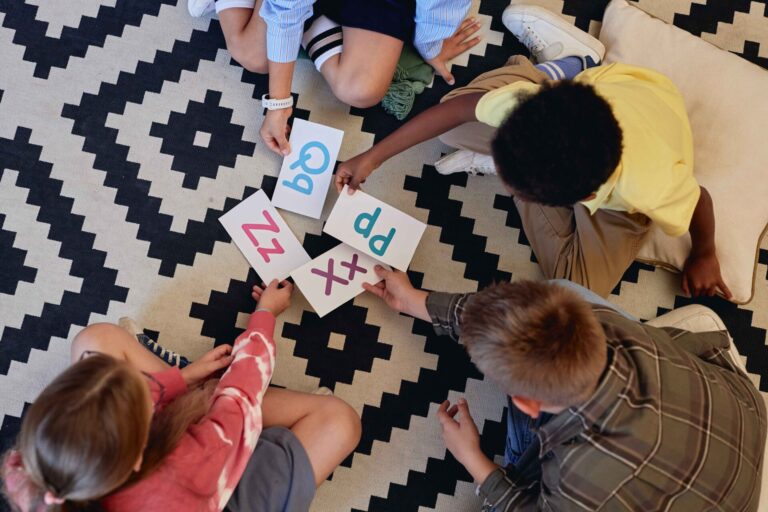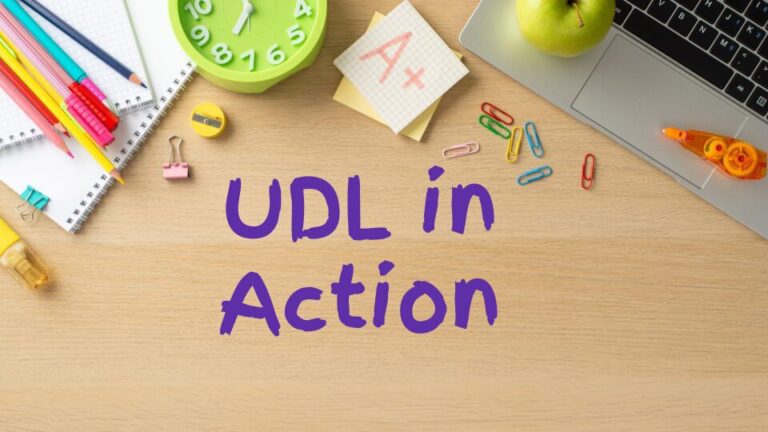Every December, over 100,000 educators participate in Computer Science Education
Week (CS Ed Week)to inspire K-12 students to take interest in computer science.
Join us in celebrating CS Ed Week this December 5-11!
Today’s students will grow up in a world that exists only in our imaginations. According to a report by Dell Technologies, 85% of jobs in 2030 haven’t even been invented yet!
Many states are adopting computer science standards and curriculum to support future-ready skills like critical thinking, problem solving, and communication. Yet many teachers feel they don’t have the training or resources they need to provide effective instruction that meets these initiatives.
We have some good news: You don’t need to be a computer science expert to effectively teach important future-ready skills. Today, we’re sharing ideas and resources that teachers of all levels of experience can use to confidently support students this CS Ed Week.
NEVER TAUGHT COMPUTER SCIENCE BEFORE? START HERE
Many of the skills involved in computer science build upon what you’re already teaching. One easy way to introduce computer science concepts is through nonfiction texts.
In your literacy block, consider trying one of our Careers in CS lessons. In these interactive nonfiction texts, students learn about various careers in computer science while practicing reading comprehension skills.
Students use Seesaw tools to:
-
Learn about different computer science careers, like astronomers and submarine internet connectors
-
Practice the skills that are important for each career through interactive activities and interviews
-
Record themselves explaining and reflecting on what they learned
-
Show what they know in an assessment
Reading about computer science concepts is a way that any teacher can begin to integrate computer science into their classrooms.
GET EVERY STUDENT INTERESTED IN COMPUTER SCIENCE
In many schools, computer science instruction is offered as enrichment, which means only some students get access to it. It has become increasingly important that all students have the opportunity to access and build future-ready skills – starting in elementary school.
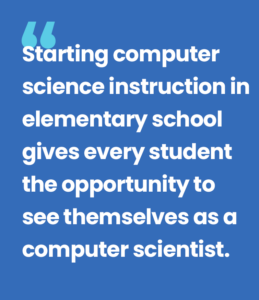
Starting computer science instruction in elementary school gives every student the opportunity to see themselves as a computer scientist.
This is the reason that Seesaw lessons include diverse perspectives. When students see computer science leaders that look like them, it helps them realize that they can grow up to be leaders, too.
For CS Ed Week, you might consider assigning a Seesaw coding lesson for your Hour of Code time: Code the World for grades K-2 or Mission Code for grades 3-5.
Here’s what you’ll find:
-
Everything you need to support students to learn about coding – no coding experience needed!
-
Developmentally-appropriate content and practice activities that make coding accessible for every student
-
Inclusive examples, characters, and perspectives to help all students form personal connections to computer science concepts and skills
Sometimes, it just takes one positive experience to spark an interest that changes a child’s view of themselves and their future.
COMPUTER SCIENCE LESSON IDEAS THAT GO BEYOND CODING
Plus, there’s so much more to computer science than just coding! That’s why our computer science curriculum includes lessons that build computational thinking, digital citizenship, data visualization, and design thinking skills.
How are these skills related to computer science?
Computational thinking involves problem-solving skills like decomposition, abstraction, pattern recognition, and algorithmic thinking. Building these skills forms a strong foundation for coding.
Digital citizenship helps students navigate our digital world. In an age-appropriate environment, students practice making choices in real-world scenarios.
Data visualization supports students to observe and understand the data that’s all around us. Students learn how to think critically about information they encounter in the world and communicate about what it means.
Design thinking challenges students to think like an engineer. Students use the design process to solve problems with technology.
Explore lessons that build each of these skills – and of course, coding – in the Seesaw Library.
FREE RESOURCES FOR CS ED WEEK
There are many ways you can spark students’ interest in computer science and build important future-ready skills during Computer Science Education Week. We’re sharing two resources to help you get started.
 READY TO GO LESSONS
READY TO GO LESSONS
Explore our K-5 computer science collections in the Seesaw Library!
You’ll find recommended lessons by grade level. Each computer science lesson is ready to go with everything you need:
-
Printable lesson plan
-
Aligned to ISTE standards
-
Sequenced modules to teach a concept, practice, connect, and demonstrate mastery
 VIRTUAL FIELD TRIPS
VIRTUAL FIELD TRIPS
Join us for a virtual field trip to learn how computer science is used in real jobs in many different ways.
-
Wed. 12/7 – Engineering and Product Design – Register Here!
-
Fri. 12/9 – Interactive Experiences with Light – Register Here!
-
Fri. 12/9 – Animation with Rainbow Bear – Register Here!
Happy Computer Science Education Week! We hope you and your students discover how empowering computer science skills can be in our lives today and in setting students up for success in their futures.
